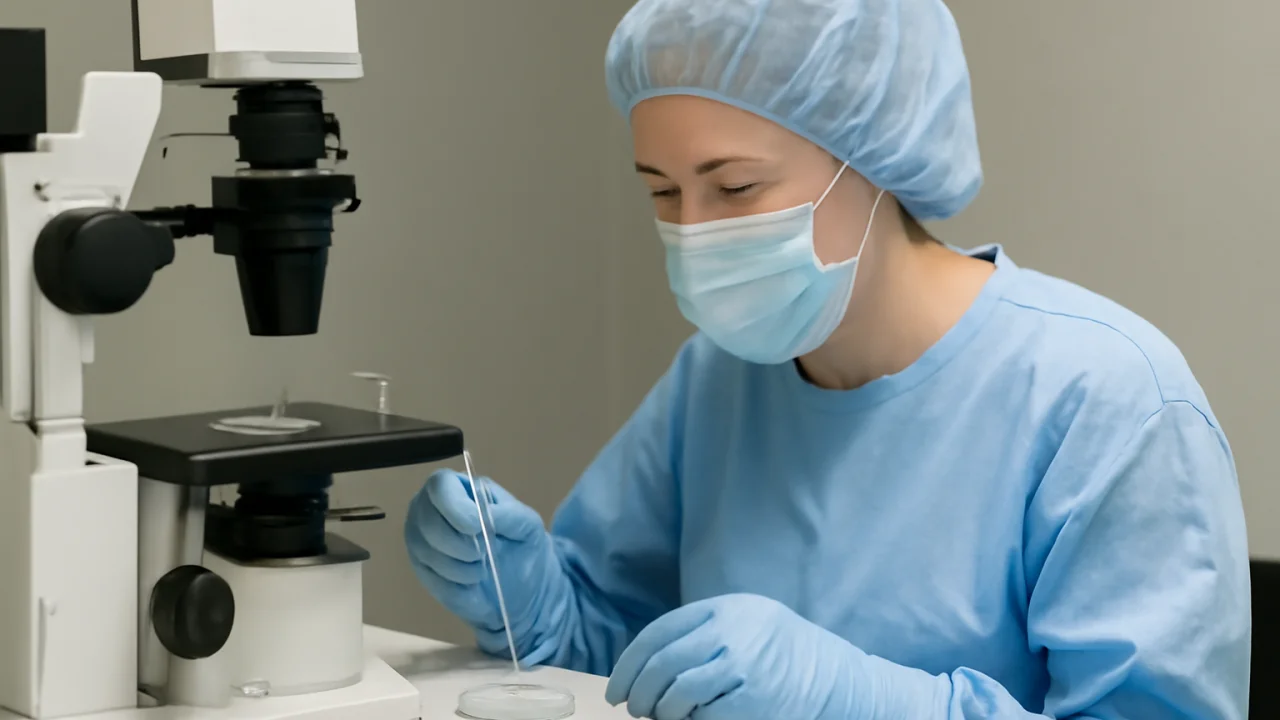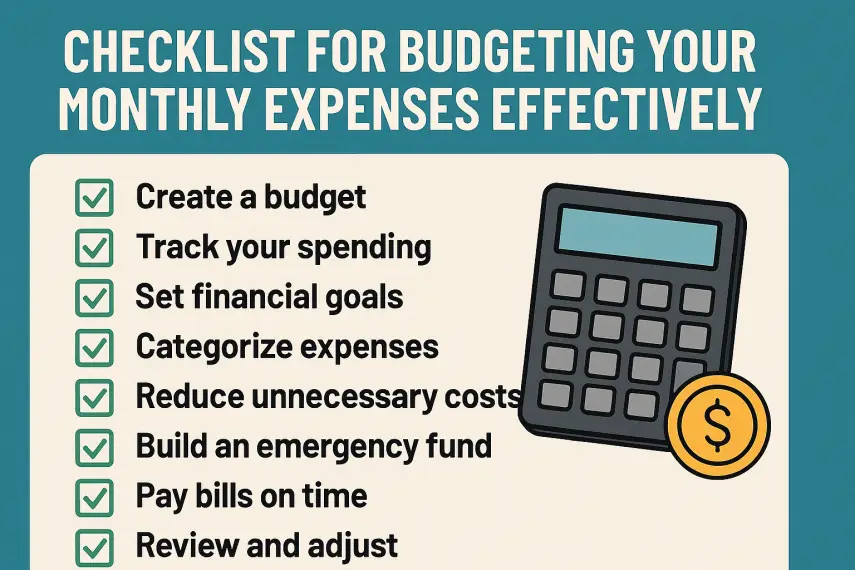
Understanding IVF: A Comprehensive Guide to In Vitro Fertilization
📑 Contents
Understanding IVF: A Comprehensive Guide to In Vitro Fertilization
In vitro fertilization (IVF) is a widely used assisted reproductive technology (ART) that has helped millions of individuals and couples worldwide fulfill their dream of having a child. With advancements in fertility science, IVF has become more accessible and successful than ever before. This comprehensive guide covers everything you need to know about IVF: from the step-by-step process and success rates to cost considerations, potential risks, and frequently asked questions.
What Is IVF?

IVF, or in vitro fertilization, is a process where an egg is fertilized by sperm outside the body, in a laboratory setting. Once fertilization occurs, the resulting embryo is transferred to the uterus, with the hope of achieving a successful pregnancy. IVF is recommended for a variety of fertility issues, such as blocked fallopian tubes, male factor infertility, endometriosis, unexplained infertility, and more.
The IVF Process: Step by Step

Understanding the IVF process can help you prepare emotionally and physically for your fertility journey. Here’s a breakdown of the typical steps involved:
1. Ovarian Stimulation
The first step involves stimulating the ovaries with fertility medications to produce multiple eggs, rather than the single egg that normally develops each month. Regular ultrasounds and blood tests monitor your response to the medications.
2. Egg Retrieval (Aspiration)
When the eggs are mature, a minor surgical procedure is performed to retrieve them from the ovaries using a thin needle guided by ultrasound. This procedure is typically done under light sedation.
3. Sperm Collection and Preparation
A sperm sample is collected from the male partner or a donor. The healthiest sperm are separated and prepared in the laboratory for fertilization.
4. Fertilization and Embryo Culture
Eggs are combined with sperm in the lab. Fertilization may occur naturally, or through intracytoplasmic sperm injection (ICSI), where a single sperm is injected directly into the egg. The fertilized eggs (embryos) are monitored as they develop over several days.
5. Embryo Transfer
One or more healthy embryos are selected and transferred into the woman’s uterus using a thin catheter. This is a painless, non-surgical procedure.
6. Pregnancy Test
About 10–14 days after embryo transfer, a blood test checks for pregnancy. If successful, the pregnancy proceeds as it would with natural conception.
Who Can Benefit from IVF?

IVF is suitable for a variety of individuals and couples, including:
- Women with blocked or damaged fallopian tubes
- Couples with male factor infertility (low sperm count or motility)
- Individuals with ovulation disorders or endometriosis
- People with unexplained infertility
- Older women with declining fertility
- Same-sex couples and single parents using donor eggs or sperm
- People at risk of genetic disorders (using preimplantation genetic testing)
Success Rates of IVF
IVF success depends on several factors, including age, cause of infertility, and clinic expertise. Generally, younger women have higher success rates due to better egg quality.
| Age Group | Live Birth Rate (%) |
|---|---|
| Under 35 | 40–55% |
| 35–37 | 30–40% |
| 38–40 | 20–25% |
| 41–42 | 10–15% |
| Over 42 | 5–10% |
Note: These are average rates. Individual outcomes may vary based on health, fertility diagnosis, and clinic protocols.
Cost of IVF: What to Expect
IVF can be a significant financial investment. Costs vary widely depending on location, clinic, and specific treatments required. Here’s a breakdown of typical expenses:
- IVF Cycle: $12,000–$18,000 (per cycle, in the US)
- Medications: $3,000–$5,000
- ICSI (if needed): $1,500–$3,000 extra
- Embryo freezing/storage: $500–$1,000 per year
- Genetic testing (PGT): $3,000–$7,000 (optional)
Some insurance plans cover part of IVF costs, but many do not. Always check with your provider and clinic for detailed pricing and available financing options.
Risks and Considerations of IVF
While IVF is generally safe, it does carry some risks and considerations:
- Ovarian Hyperstimulation Syndrome (OHSS): A rare but serious reaction to fertility drugs.
- Multiple Pregnancies: IVF increases the chance of twins or triplets, which carry higher pregnancy risks.
- Emotional and Physical Stress: The process can be demanding and emotionally challenging.
- Procedural Risks: Minor risks from egg retrieval (bleeding, infection).
- Financial Costs: IVF can be expensive, and multiple cycles may be needed.
It’s important to discuss these risks with your fertility specialist and have a support system in place.
Latest Advances in IVF
Fertility medicine continues to evolve, making IVF safer and more effective. Recent advances include:
- Preimplantation Genetic Testing (PGT): Screening embryos for genetic diseases before transfer.
- Time-Lapse Embryo Imaging: Monitoring embryo development in real-time for better selection.
- Improved Cryopreservation: Better freezing techniques for eggs and embryos.
- Mild Stimulation Protocols: Reducing medication doses to minimize side effects.
- Personalized Medicine: Tailoring protocols to individual patient needs for higher success rates.
Frequently Asked Questions (FAQs)
1. How long does the IVF process take?
A single IVF cycle typically takes 4–6 weeks from the start of ovarian stimulation to the pregnancy test. However, multiple cycles may be needed.
2. Does IVF guarantee pregnancy?
IVF does not guarantee pregnancy. Success depends on various factors, including age, cause of infertility, and embryo quality. Many people need more than one cycle.
3. Are there any side effects of IVF medications?
Common side effects include bloating, mild abdominal pain, mood swings, and bruising at injection sites. Rarely, severe reactions like OHSS can occur.
4. Can I choose the gender of my baby with IVF?
Some clinics offer gender selection through preimplantation genetic testing (PGT), but this is regulated and may not be available everywhere.
5. What are the chances of twins or triplets with IVF?
Transferring more than one embryo increases the risk of multiple pregnancies. Many clinics now recommend single embryo transfer (SET) to reduce this risk.
Summary
IVF has transformed the landscape of fertility treatment, offering hope to millions facing challenges in conceiving. While the process can be complex, understanding each step, the associated costs, potential risks, and the latest advances can empower you to make informed decisions. Consult with a qualified fertility specialist to discuss your unique situation and create a tailored treatment plan. With the right support and information, IVF can be a viable path to building your family.











